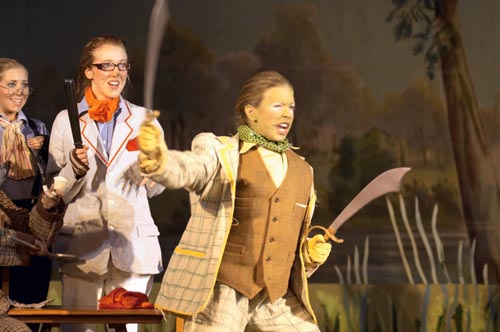
“Per perdere la nostra cultura è quello di perdere la nostra memoria.”
Più Leonardo Da Vinci, più Martha Graham, Domani di Ludwig van Beethoven, più Luciano Pavarottis, più Marlon Brandos, più Antoni Gaudis, più Coco Chanel, più Bob Dylan, più Zhang Xiaogangs, più William Shakespeare, più Julia Margaret Cameron, più Gustav Vigelands, more Andrew Lloyd Webbers, more Francis Ford Coppolas, more Meryl Streeps, more Alice In Wonderlands, more Anna Pavlovas, more Michael Jacksons, more Vincent van Goghs, more Harry Potters, more Phil Knights, more Rabindranath Tagores, more Pablo Picassos, more John Steinbecks… Please Sir – can we have some more? Sir Ken Robinson, PhD, is one of the internationally recognized leaders in the development of education creativity and innovation. He has received numerous honorary degrees from universities, and many awards from cultural organizations and governments, in tutto il mondo. He was knighted in 2003 by Queen Elizabeth II for services to the Arts. He has advised governments in Europe, Asia and North America on the Arts. In 2005 he was named one of Time/Fortune/CNN’s Principal Voices. Il suo libro, l'elemento: Come Trovare la tua passione cambia tutto, is a New York Times best seller and has been translated into 21 lingue. His latest book is the 10th anniversary edition of his classic work on creativity and innovation, Out of Our Minds: Learning to be Creative.
Sir Ken, what do you believe an arts curriculum should look like in primary and secondary school education?
I believe that the arts should be on an equal footing in schools with the sciences, humanities, languages and physical education. In most school systems there is a hierarchy. Arts programs are being cut ruthlessly since “Nessun bambino rimasto indietro” came out ten years ago. In the UK, they still talk about core foundation subjects, i.e. Inglese, Matematica, and Science. In most countries the arts are a second tier activity. My first point is that the arts must be given equal footing. That’s what we argued in The Arts in Schools, the book I published in 1982. There’s a need for a balance in arts education in several respects. One of them is that a proper arts curriculum would provide for music, danza, visual arts, literature and drama. When we did The Arts in Schools progetto, I made a point of not trying to define the arts in any form. The reason for this was that the arts are a vibrant set of disciplines, and when you go into different cultures they don’t think of there being 4 o 5 different art forms. Per esempio, for an audience watching a dance performance, that is a visual art form; if you look at musical theater, that is a combination of different disciplines: acting, danza, musica. So even defining 5 o 6 different art forms can become problematic. In secondo luogo, I think there should be a balance within the teaching of the arts. I ran a large project in the UK in the 80’s called the “The Arts 5-16” in which we offered a clear framework for arts education. There should be a balance between actually doing the arts and secondly, engaging students in understanding other people’s work. In altre parole, making and appraising. In some schools you will find that there is a greater emphasis on the latter, i.e. appraising. Students read books or listen to music, but they’re not encouraged to create it themselves. In other schools, you will find the opposite, i.e. students doing their own work and never looking at anybody else’s. A balanced arts education has to include both. Under each of these areas of creating and appraising, we have to teach that creating arts is a discipline based process. It is not just free form. You must learn the skills and techniques of any area but they have to be taught in a way that enables you to think differently and imaginatively. There are forms of teaching that are highly uncreative and where the emphasis on discipline can kill the passion to make art. So there has to be a direct relationship between learning the skills involved and having the freedom to use them and to think creatively through them. The balance is about technical and creative development. In terms of appraising other people’s work, arts education should include a balance between contextual knowledge and critical judgment. A full appreciation of a work includes understanding something of the history and context in which it was produced. Per esempio, some people look at modern art and think it’s nonsense and that’s often because they don’t understand the context in which it was produced or what the artists’ intentions were. It’s like looking at a page of Romanian if you don’t speak it. So an important part of arts education is helping people understand context, background, and cultural references. The second process is developing skills of critical judgment. In the end you can understand a piece of art in the context and the background to it and still not like it. Enabling students to formulate, express and defend their own aesthetic and critical judgment of the arts is an essential element of a properly balanced arts education in any discipline.
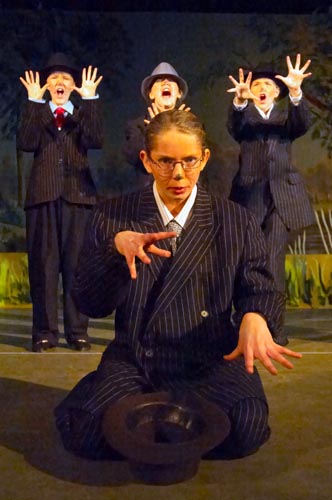
Can student performance in the arts be assessed?
It is absolutely possible to assess people’s work in the arts. I’ve worked with arts academies and with conservatoires in music and visual arts; with specialist arts teachers in school who are assessing students all of the time. Assessment requires that you understand what you are looking at and for and that you are clear about the criteria that you are applying. Per esempio, when a six or seven year old produces a drawing, an art teacher needs to have a frame of reference for what’s normal for a child that age. Part of that is the creative content of the work. But what you would also be looking for are the graphic capabilities and the level of execution. The same is true if you are looking at children who work in dance or theater. There are multiple levels at which you make judgments. Part of the problem in schools is that the arts are not taught regularly or systematically, and too often they are not taught by people who have had a proper grounding in the disciplines. Another problem is that in this country there is a culture of standardized testing based on right or wrong types of answers. Tuttavia, if you are looking at someone’s paintings, reading their poetry, or listening to music, then you are focusing on a whole array of factors. We have a tendency to make the measurable important versus the important measurable. The arts are about textures of meaning and understanding, and qualities of perception and expression. This does not mean that they cannot be assessed, but it is difficult to reduce them to simple paper and pencil tests. Our education systems are obsessed with a particular type of academic ability, and that is a rather narrow view of knowledge and what it means to be intelligent. For all kinds of cultural and historical reasons, the arts have not been seen as being a part of that view. Nel mio libro, Out of Our Minds: Learning to be Creative, I tried to explain why the arts are marginalized. It’s partly for economic reasons. People believe that if you do the arts you simply won’t get a job. The other part is the restrictive culture of intelligence in schools that I just mentioned.
We’ve covered teaching the arts as separate and interdisciplinary forms. Can the arts also be integrated into other academic subject areas to enhance learning?
I don’t think “soggetti” is a very good term. “Subjects” implies an area that is defined by its content. Mathematics isn’t a subject to be studied as much as a set of disciplines to be practiced. In altre parole, you do mathematics, you do not just study it. The same is true of sciences such as chemistry and physics. Music is exactly the same. It is a set of disciplines. There are physical skills, hand eye coordination, aesthetic sensibilities, ideas you need to absorb. So I think “disciplines” is a better term than “soggetti” because it captures the concept of practice as well as of ideas. The other thing I like about “disciplines” is that it opens up the idea of inter-disciplinary. There is a lot in common between the arts and the sciences. In my conception of a great school, there would be all these disciplines represented and there would be a lot of traffic between them. I’ve been working on this idea with schools for over 40 anni. Science being taught through music. Music being taught through history. If you want to understand the time and sensibilities of other periods or other cultures, you need to listen to their music. The more dynamic and collaborative we are in our approaches to teaching, the more likely we are to deepen our understanding of ourselves and of other times as well. Part of our problem is that we have constructed education systems that are like production lines. There is a big separation in our schooling systems between the arts and the sciences. They are taught by different people in different rooms at different times of the day. One example I give of the consequences is from the Natural History Museum. If you visit the insect rooms, you’ll find wonderful displays of butterflies, all arranged in glass cases on the walls. They’re dead, but beautifully arranged by classification, i.e. size, colore, etc. In the room next to them you’ll find the beetles. In another room you’ll find the spiders. Ma, if you go out into the world, that is not how you see them. You do not see the butterflies keeping to themselves over in one corner or the spiders lined up in columns keeping their distance. In natura, they are interacting with each other. It’s the same in human cultures. They evolve by ideas from different disciplines affecting each other. They flow into each other and inspire people to think differently in their own fields. Schools can stifle this creative interaction by classifying subjects too tightly and keeping them too firmly in separate boxes.
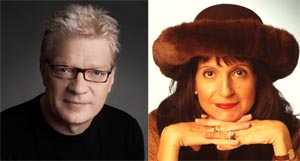

In Il Global Ricerca per l'Educazione, unire C. M. Rubin e leader di pensiero di fama mondiale tra cui Sir Michael Barber (Regno Unito), Dr. Leon Botstein (Stati Uniti), Dr. Linda di Darling-Hammond (Stati Uniti), Dr. Madhav Chavan (India), Il professor Michael Fullan (Canada), Il professor Howard Gardner (Stati Uniti), Il professor Yvonne Hellman (Paesi Bassi), Il professor Kristin Helstad (Norvegia), Il professor Rose Hipkins (Nuova Zelanda), Il professor Cornelia Hoogland (Canada), Sig.ra. Chantal Kaufmann (Belgio), Il professor Dominique Lafontaine (Belgio), Il professor Hugh Lauder (Regno Unito), Il professor Ben Levin (Canada), Il professor Barry McGaw (Australia), Il professor R. Natarajan (India), Sridhar Rajagopalan (India), Sir Ken Robinson (Regno Unito), Professor Pasi Sahlberg (Finlandia), Andreas Schleicher (PISA, OCSE), Dr. David Shaffer (Stati Uniti), Dr. Kirsten Immersive Are (Norvegia), Cancelliere Stephen Spahn (Stati Uniti), Yves Theze (French Lycee US), Il professor Charles Ungerleider (Canada), Il professor Tony Wagner (Stati Uniti), Professor Dylan Wiliam (Regno Unito), Il professor Theo Wubbels (Paesi Bassi), Il professor Michael Young (Regno Unito), e il professor Zhang Minxuan (Porcellana) mentre esplorano le grandi questioni educative immagine che tutte le nazioni devono affrontare oggi. Il Global Ricerca per l'Educazione della Comunità Pagina
C. M. Rubin è l'autore di due ampiamente lettura serie on-line per il quale ha ricevuto una 2011 Premio Upton Sinclair, "Il Global Search per l'Educazione" e "Come leggeremo?"Lei è anche l'autore di tre libri bestseller, Compreso The Real Alice in Wonderland.

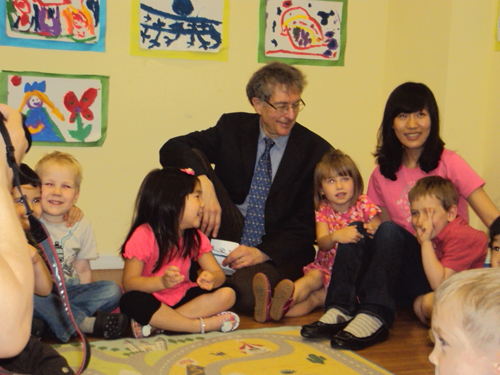
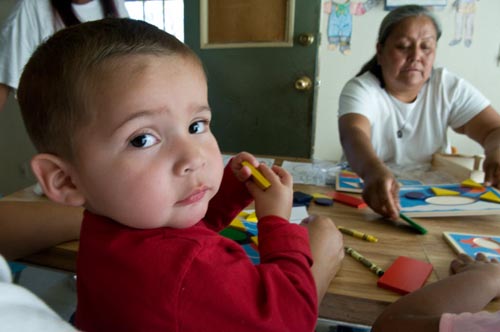
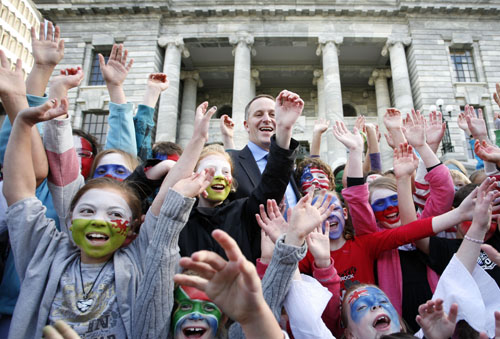
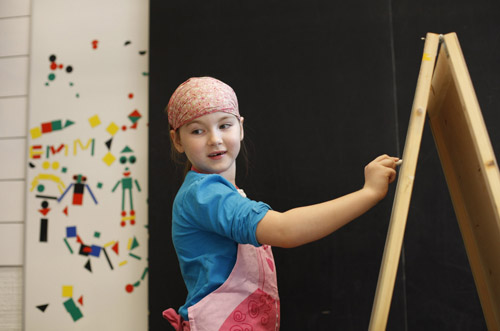
Commenti recenti